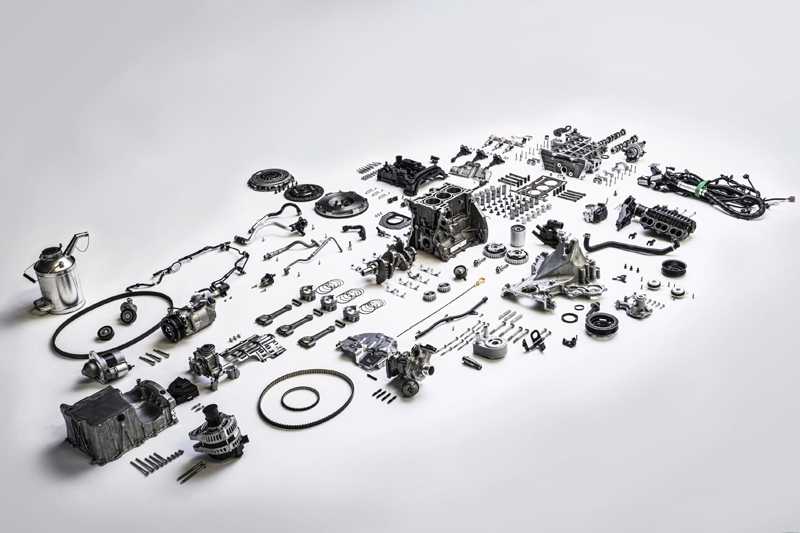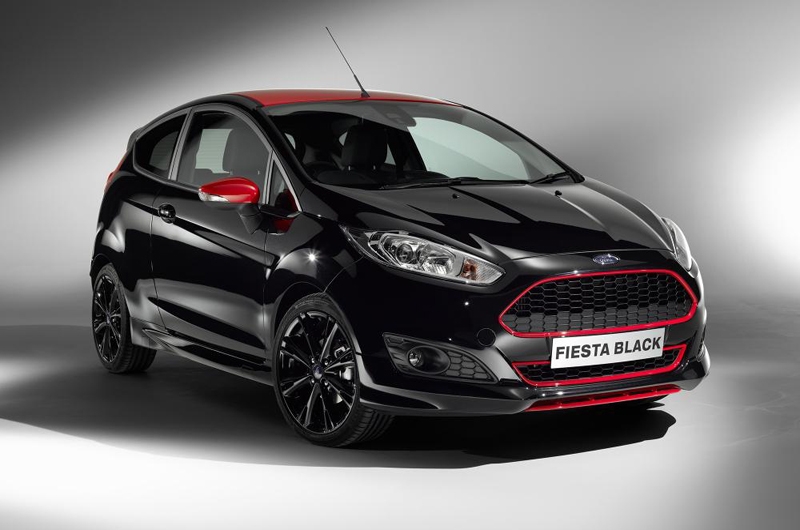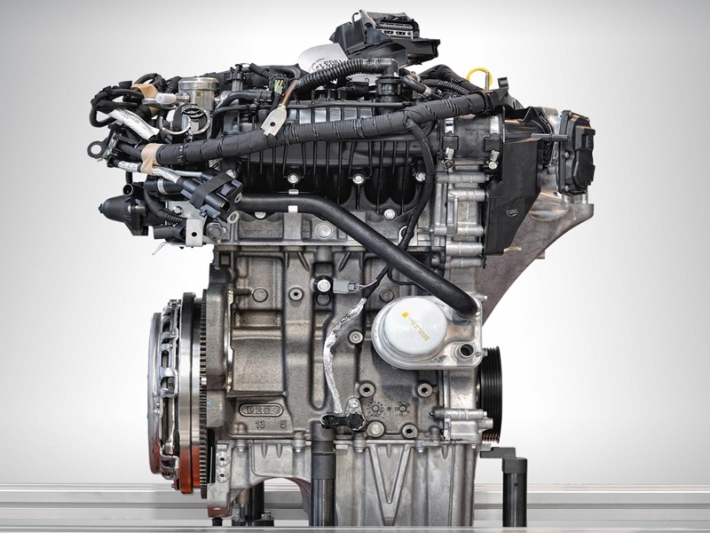Ford 1.0-litre EcoBoost engine is 2014 International Engine of the Year; an unprecedented third consecutive victory
Photos courtesy of Newspress
Judges praise the 1.0-litre EcoBoost engine as “one of the finest examples of powertrain engineering” as it finishes ahead of entries from premium and supercar brands; turbocharger spins at almost twice the rpm of the turbines used on F1 race car engines – more than 4,000 times per second.

A small petrol engine that powers Ford cars including the new Fiesta has fought off competition from premium brands and supercars to win the ‘Oscars’ of the engine world for an unprecedented third time in a row. Ford Motor Company’s 1.0-litre EcoBoost engine — which lowers fuel consumption without sacrificing power — today was named 2014 International Engine of the Year for its drivability, performance, economy, refinement and technology.

A panel of 82 automotive journalists from 35 countries also named the 1.0-litre EcoBoost the “Best Engine Under 1.0-litre” for the third year in a row at the Engine Expo 2014, in Stuttgart. The engine has now won 13 major awards. In addition to collecting seven International Engine of the Year awards in three years — including Best New Engine in 2012 — the 1.0-litre EcoBoost also has been awarded the International Paul Pietsch Award 2013 for technological innovation in Germany, the Dewar Trophy from the Royal Automobile Club in Great Britain, and in the U.S, the Breakthrough Award from Popular Mechanics magazine. Ford also is the first automaker to win a Ward’s 10 Best Engines trophy for a three-cylinder engine.

The engine’s compact, low-inertia turbocharger spins at up to 248,000 rpm — more than 4,000 times per second and almost twice the maximum rpm of the turbochargers boosting 2014 F1 race car engines. The 138 bhp 1.0-litre EcoBoost engine’s turbocharger delivers 1.6 bar (24 psi) of boost pressure. Peak firing pressure of 124 bar (1,800 psi) equates to a five-tonne African elephant standing on the piston. With a cast iron engine block small enough to fit in the overhead luggage compartment of an aeroplane, the engine also features an aluminium cylinder head with an integrated exhaust manifold that lowers exhaust temperatures for optimised the fuel-to-air ratio. An innovative flywheel and front pulley design delivers improved refinement compared with traditional three-cylinder engine designs.
Engine friction is reduced by specially coated pistons, low tension piston rings, low friction crank seals and a cam-belt-in-oil design. A variable displacement oil pump tailors lubrication to demand and optimises oil pressure, for improved fuel efficiency.
